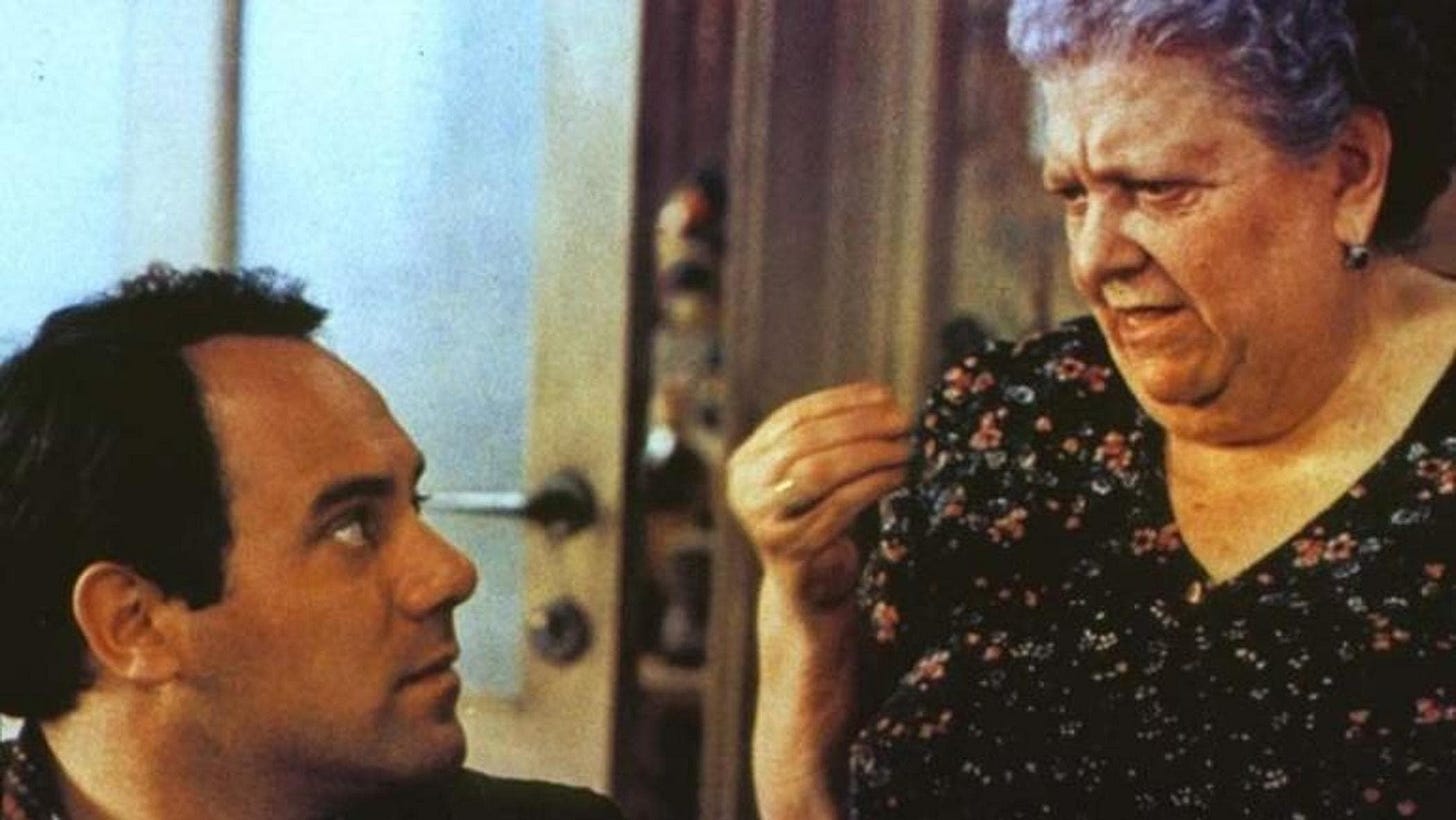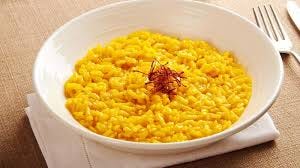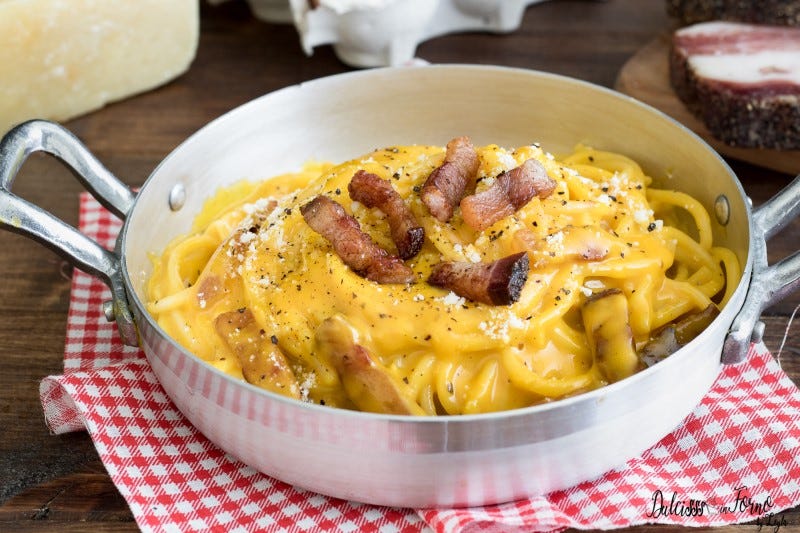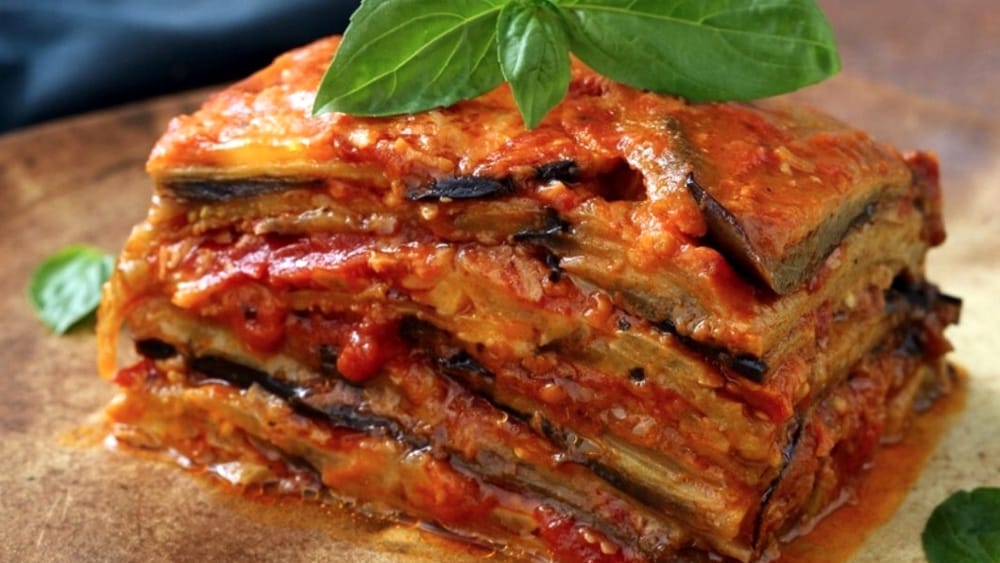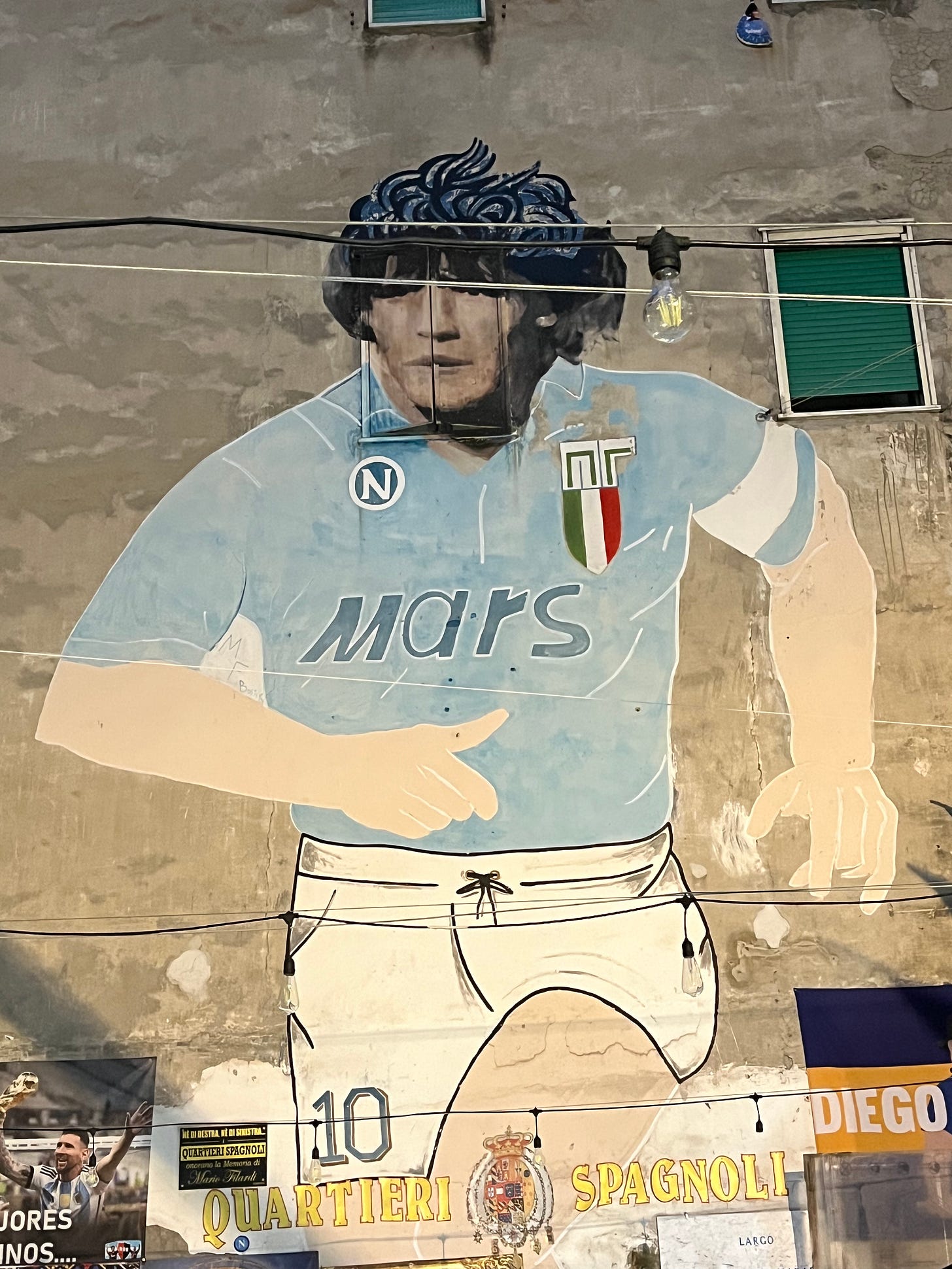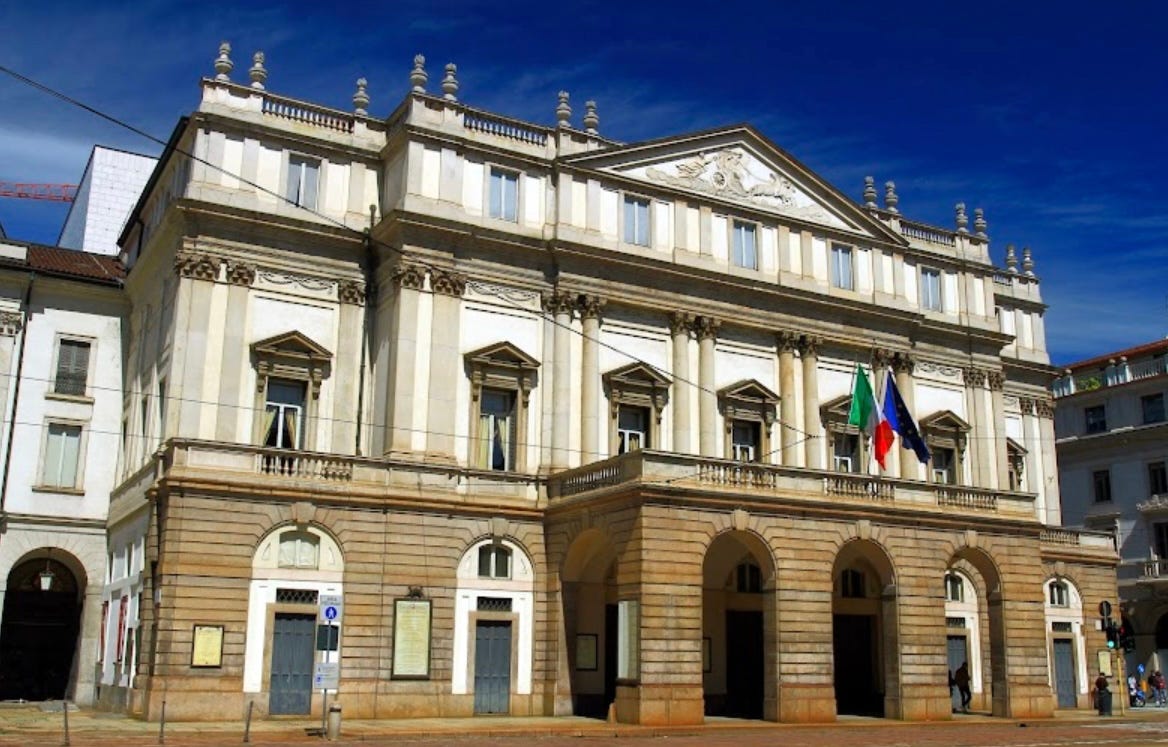The Eternal Divide: North vs. South Italy – A Lighthearted Look
From the fast-paced innovation of the North to the sun-kissed charm of the South, Italy’s fiery contrast is what makes it irresistibly captivating!
Italy, the land of pasta, opera and unmatched beauty, is also home to one of Europe’s most famous internal rivalries: the North versus the South.
While outsiders may marvel at Italy’s culture as a seamless tapestry, the locals know that this beautiful boot-shaped country often feels like two distinct worlds. From language quirks and food preferences to football loyalties and everyday attitudes, the differences between North and South have created a rivalry that’s as passionate as it is enduring.
Let’s dive into this age-old dichotomy, with a wink and a smile, to explore what makes Italians call each other names, argue about pizza toppings and cheer for different football teams.
Where It All Began: A Tale of Two Italies
The North-South divide dates back to Italy’s unification in 1861. Before that, the North was largely industrial and influenced by European neighbors like France, Austria and Switzerland. Meanwhile, the South was an agricultural powerhouse steeped in Mediterranean culture, with influences from Spain, Greece and the Arab world.
Economic disparity quickly emerged, with the North thriving in industry and finance while the South struggled with poverty and slower development. This divide wasn’t just economic, it seeped into culture, politics and even attitudes. Fast forward to today, and the North-South tension has become a defining (and often amusing) part of Italian identity.
The Language Game: Dialects Galore
In Italy, it’s not just about speaking Italian, it’s about speaking “your” Italian. While Northern Italians might speak with clipped, precise accents, Southerners let their words roll off the tongue with a musical lilt. And then there are the regional dialects, which vary so much they can feel like entirely different languages.
Northern Italy: Lombardo
In Milan and the surrounding Lombardy region, you’ll hear the Lombard dialect, known for its pragmatic and brisk style. It reflects the industrious nature of the region, and while not as widely spoken today, many expressions survive:
“Andà a cà”– “To go home” (in standard Italian: “andare a casa”).
“Ghe pensi mi”– “I’ll take care of it.” This phrase embodies the Northern “get things done” attitude.
“Sciura”- A respectful term for a wealthy or elegant woman, often used in Milanese circles.
“Taaac”– A quintessentially Milanese expression, used to punctuate a story or action, like saying “and voilà!”
Central Italy: Romanesco
The dialect of Rome, Romanesco, is vibrant and full of street-smart charm. It’s known for its clipped vowels, dramatic flair and tendency to contract words. Some iconic Romanesco words and phrases include:
“Aò!”– “Hey!” or “Come on!” A Roman staple for grabbing someone’s attention.
“Daje!”– “Let’s go!” or “Come on!” A universal Roman cheer.
“Magna”– “To eat” (from “mangiare”). Eating is a serious matter in Rome.
“Annamo!”– “Let’s go” (from “andiamo”).
“C’ho”– “I have” (from “ho”) often used in casual conversation: “C’ho fame” (“I’m hungry”).
“Ammazza!”– “Wow!” or “Unbelievable!” Used to express surprise or admiration.
Southern Italy: Napoletano
The Neapolitan dialect is musical, expressive and full of life. It reflects the warm and dramatic culture of Naples, often sounding like a song in itself. Famous words and phrases include:
“Guaglione” or more often “Guaglio’”– “Boy” or “kid” (used affectionately).
“Ammuina” – “Confusion” or “chaos.” A word that captures Naples’ bustling energy.
“O’ scarrafone” – “A bug” or “something ugly.” Often used metaphorically to refer to something unpleasant.
“Jammo jà!” – “Let’s go!” or “Come on!” A spirited expression of urgency.
“Tutt’apposto?” – “Is everything ok?” (like saying “All good?”)
Sicilian: Siciliano
On the island of Sicily, Sicilian carries centuries of Mediterranean influences, with words and expressions that are as colorful as the culture itself:
“Bedda” – “Beautiful” (used for women or things, from “bella”).
“Minchia” – A versatile expression that can mean “wow,” “damn,” or even “unbelievable,” depending on the context.
“Cucuzza” – A type of squash, but also slang for “blockhead” or someone who’s clueless.
Sardinian: Sardo
The Sardinian dialect is so unique it’s considered a language of its own. It’s deeply rooted in Latin but influenced by Catalan and other Mediterranean cultures. Key words and expressions include:
“Domo” – “Home” (from *casa* in standard Italian).
“Ajò!” – “Come on!” or “Let’s go!” A quintessential Sardinian cheer.
“Biu” – “I see” (from *vedere*).
Central Italy: Toscano
While Tuscan is the basis of standard Italian, the dialect spoken in Tuscany still has its quirks, particularly its famous “soft c” and local expressions:
“Hasa” – “House” (from “casa”). Tuscans soften the “c” to an “h” sound.
“Hoha” – “Coke” (from *coca*). Another example of their soft “c.”
“Bischero” – A playful term for a fool or idiot.
“Babbo” – “Dad” (instead of the more common *papà*).
“Che tu fai?” – “What are you doing?” (used instead of *che fai*).
Italy’s linguistic diversity is a point of both pride and humor. Whether you’re shouting “daje!” in Rome, saying “ajò!” in Sardinia, or calling someone with “gualio’”” in Naples, dialects keep the country’s rich history alive. While they may sound like foreign languages to outsiders, to Italians they’re a vibrant, colorful part of everyday life.
Food Wars: Risotto vs. Pizza
Nothing fuels the North-South rivalry more than food. Italy’s cuisine is as diverse as its regions and every corner of the country boasts its own specialties. Northerners often celebrate their creamy risottos and rich butter-based dishes, while Southerners swear by the simplicity and bold flavors of tomatoes, olive oil and seafood. Let’s take a culinary tour to highlight the signature dishes that make each region proud.
Northern Italy: Sophistication and Comfort
The cuisine of Northern Italy reflects its cooler climate and proximity to Alpine and Central European influences. Butter, cream and hearty grains play key roles. Famous dishes include:
Risotto alla Milanese (Lombardy) – Creamy risotto flavored with saffron, giving it a vibrant yellow color.
Polenta (Veneto) – Cornmeal porridge, often served with meats or cheese. A winter staple in the North.
Bagna Cauda (Piedmont)– A warm dip made of anchovies, garlic, and olive oil, served with raw vegetables.
Tortellini in Brodo (Emilia-Romagna) – Tiny stuffed pasta served in a delicate broth, a hallmark of Bologna’s culinary finesse.
Central Italy: Rustic Elegance
Central Italian cuisine, particularly from Tuscany and Umbria, focuses on simple, high-quality ingredients. Olive oil, beans, and meats like wild boar take center stage. Highlights include:
Bistecca alla Fiorentina (Tuscany) – A thick-cut T-bone steak, simply grilled and served rare.
Pappa al Pomodoro (Tuscany)– A thick tomato and bread soup, seasoned with garlic and basil.
Porchetta (Lazio) – Herb-stuffed roast pork, often enjoyed as street food in Rome.
Carbonara (Rome) – Pasta (typically spaghetti) with egg, pecorino cheese, guanciale (cured pork cheek), and black pepper.
Amatriciana (Rome)- Pasta with guanciale, pecorino and tomato sauce, served over spaghetti or bucatini
Acquacotta (Umbria) – A traditional vegetable soup made with wild herbs, bread, and olive oil.
Southern Italy: Bold and Vibrant
In the sunny South, cuisine is all about freshness, bright flavors, and Mediterranean ingredients like tomatoes, olives, and seafood. Some standout dishes are:
Pizza Margherita (Naples) – The ultimate classic, topped with tomato, mozzarella, and basil. Naples is the undisputed king of pizza.
Parmigiana di Melanzane (Campania) – Layers of fried eggplant, tomato sauce, mozzarella and Parmesan
Pasta alla Norma (Sicily) – Pasta tossed with eggplant, tomato sauce, ricotta salata and basil.
Arancini (Sicily) – Fried rice balls filled with ragu, mozzarella, or peas.
Orecchiette con Cime di Rapa (Puglia) – Ear-shaped pasta with broccoli rabe, garlic and anchovies.
Culurgiones (Sardinia)– Dumplings stuffed with potatoes, pecorino cheese and mint, often served with tomato sauce.
Pane Carasau (Sardinia) – Thin, crispy flatbread that’s a staple of Sardinian meals.
The culinary divide between North and South is as much about personality as it is about geography. While Northerners might argue that risotto or tortellini show off Italian cuisine’s refined side, Southerners passionately claim that pizza and eggplant parmigiana are the soul of the country. In truth, both are correct, Italy’s rich culinary diversity is what makes its food world-renowned. So whether you’re savoring saffron-infused risotto in Milan or a slice of pizza in Naples, you’re guaranteed a meal worth fighting over.
Football: More Than Just a Game
When it comes to calcio (football), the divide turns into a full-blown battle. The North boasts legendary teams like Juventus, Inter Milan, and AC Milan. These clubs are powerhouses, known for their strategic gameplay and deep pockets.
Roma and Lazio are two of the biggest football clubs in Rome, with their rivalry, the Derby della Capitale, being one of the most intense and significant in Italian football. Roma was founded in 1927, while Lazio, established in 1900, represents different aspects of Roman culture and society. The clashes between their fans often go beyond sport, involving political, ideological and social tensions within the city.
In the South, Napoli leads the charge, bringing passion, flair and a fiery fanbase to the pitch. Murals in Naples depict Diego Armando Maradona as a hero, with powerful images of him on the ball and sometimes mixed with local symbolism, such as the city’s iconic landmarks.
Matches between Northern and Southern teams often feel like more than just sport, they’re a clash of cultures, attitudes and pride.
Stereotypes and Nicknames
It wouldn’t be an Italian rivalry without a bit of name-calling. Northerners sometimes call Southerners terroni, a term that loosely translates to “peasants” or “earth-workers”, a nod to the South’s agricultural roots. Meanwhile, Southerners might call Northerners polentoni, teasing their love for polenta and implying a certain coldness or stiffness.
These jabs, while rooted in history, are usually delivered with a sense of humor. After all, Italians love a good laugh, especially at each other’s expense.
Attitudes and Lifestyles: Fast vs. Slow
Northerners are often seen as punctual, efficient and business-minded. Cities like Milan and Turin are hubs of fashion, finance, and industry, where time is money and schedules matter.
In the South, life moves at a different pace. Here, family, food, and festivals take precedence. A Neapolitan might wonder why anyone would rush through life when you could enjoy a leisurely lunch by the sea. To a Northerner, this relaxed attitude might seem like laziness. To a Southerner, Northern efficiency can feel cold and robotic.
Music and Arts: Opera vs. Tarantella
Northern Italy is the birthplace of opera, with iconic composers like Verdi and Puccini hailing from the region. The grand theaters of Milan and Venice are temples to high culture.
Down South, traditional folk music, such as the lively tarantella, tells stories of love, hardship, and community. Southern art and architecture also bear the marks of centuries of Mediterranean influence, creating a distinctly warm and colorful aesthetic.
The Beauty of Contrast
Despite the teasing, stereotypes and occasional tension, the North-South divide is part of what makes Italy so enchanting. It’s a country of contrasts: industrious yet relaxed, modern yet steeped in tradition. The rivalry, though fiery at times, is also a source of pride and identity.
At the end of the day, whether you’re sipping an espresso in Milan or enjoying a limoncello in Naples, you’ll find that Italians are united by their love of life, family and la dolce vita. And that’s something worth celebrating, no matter which side of the country you call home.







